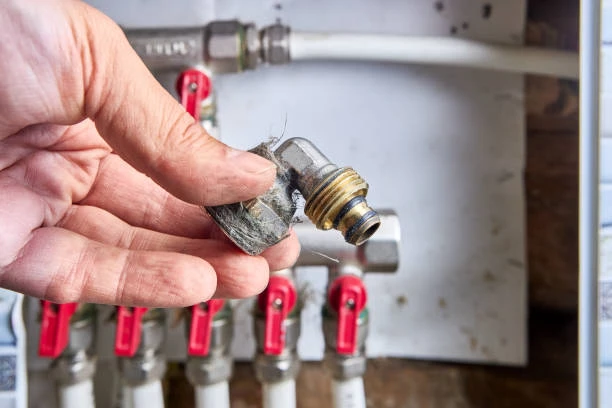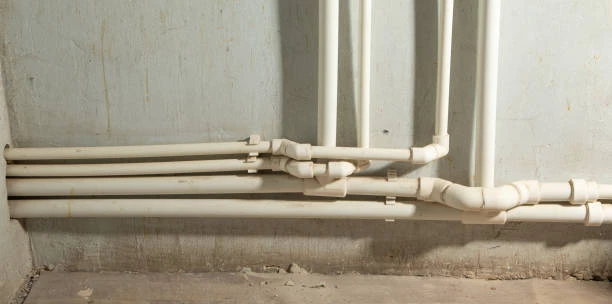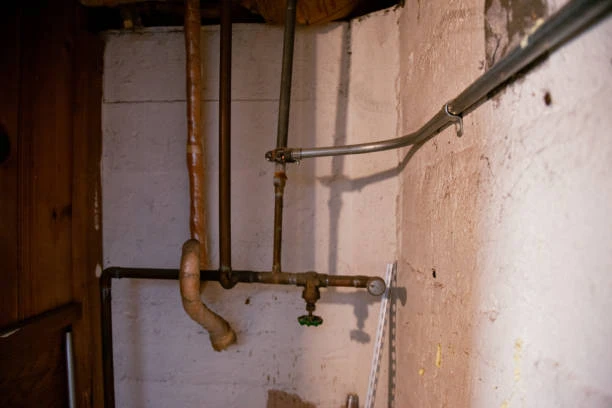Introduction
In the intricate world of industrial automation, ensuring the seamless flow of fluids is of utmost importance. Amidst the myriad of piping options, PPR (Polypropylene Random Copolymer) pipes have risen to prominence, thanks to their unparalleled blend of flexibility, durability, and safety. This article delves deeper into the realm of PPR pipes within industrial automation systems (IAS), specifically highlighting their adaptable layout capabilities and streamlined installation practices. By exploring the advantages that PPR pipes offer in terms of flexibility during design and installation, we aim to underscore the best practices that can maximize their potential. From their ease of manipulation to their ability to withstand varying conditions, PPR tube represent a versatile and reliable solution for complex piping needs in IAS.
Versatility in Design
PPR pipes stand out for their unparalleled design versatility, which seamlessly adapts to the intricate requirements of industrial automation systems. Their inherent flexibility enables graceful bends and curves, optimizing space utilization in even the most cramped machinery enclosures. This not only fosters compact installations but also streamlines the routing process, allowing technicians to elegantly maneuver around obstacles without compromising the structural integrity of the piping system. Consequently, the reduced reliance on cumbersome fittings translates into cost savings and expedited installation timelines, enhancing overall project efficiency.
Simplified Installation Process
The installation of PPR pipes within Industrial Automation Systems (IAS) is a highly efficient and streamlined process, thanks to their lightweight construction and user-friendly material properties. On-site, technicians can swiftly cut, fit, and join PPR pipes with minimal effort, significantly accelerating the installation process. By minimizing potential leak points and simplifying maintenance procedures, PPR pipes contribute to a more robust and cost-effective IAS infrastructure.
Adaptable to Dynamic Environments
In the dynamic realm of industrial automation, frequent alterations in production lines and equipment configurations are a given. Here, PPR pipes demonstrate their unparalleled adaptability, offering a cost-effective and time-saving solution for modifying piping layouts. This agility not only minimizes downtime but also ensures continuous, uninterrupted fluid flow, underpinning the smooth functioning of IAS amidst ever-changing operational demands.
Resistance to Corrosion and Chemical Exposure
In the harsh industrial environment, pipes are inevitably exposed to a diverse array of chemicals and corrosive agents, posing significant challenges to their durability and reliability. PPR pipes, however, distinguish themselves with their inherent resilience against corrosion and chemical attack, offering a robust solution for ensuring long-term piping system integrity. Their durability under adverse conditions underscores their reliability as a go-to material for critical piping applications in demanding industrial settings.
Thermal Stability and Insulation Options
PPR pipes stand out for their exceptional thermal stability, effortlessly enduring the wide temperature fluctuations that are characteristic of industrial automation systems. This robust feature ensures that the piping infrastructure remains unperturbed, even in extreme conditions, safeguarding the smooth flow of fluids. Moreover, to further enhance process efficiency and reduce energy consumption, insulation options tailored specifically for PPR pipes are readily available.
Compliance with Industry Standards
In the realm of industrial automation systems (IAS), the safety and reliability of piping components are paramount. As such, PPR pipes utilized in these systems must rigorously adhere to a stringent set of international standards and regulations. Furthermore, this commitment to certification underscores the manufacturers’ dedication to delivering superior products that enhance system reliability and longevity. In essence, selecting certified PPR pipes for IAS applications is a strategic decision that bolsters safety, compliance, and overall system performance.
Cost-Effectiveness and Sustainability
Finally, the economic benefits of PPR pipes in industrial automation systems cannot be overlooked. Beyond cost savings, PPR pipes also align with sustainable practices, as they are made from a recyclable material. This eco-friendly aspect underscores their commitment to reducing environmental impact and contributing to a greener future. In summary, PPR pipes represent a financially viable and environmentally responsible choice for industrial automation systems, offering a holistic approach to cost reduction, efficiency enhancement, and sustainability.
Conclusion
In conclusion, the flexible layout and installation of PPR pipes in IAS represent a game-changer for industrial automation. As industries continue to evolve towards automation and efficiency, PPR pipes will undoubtedly play a pivotal role in facilitating seamless fluid transfer and enhancing overall system performance.
The IFAN PPR piping system adheres to international standards, including ISO 15874 series, EN 15874 series, ASTM F2389, DIN 8077/8078, GB/T 18742 series, and NBR 15884.
Connect
IFAN is a Chinese manufacturer of plastic pipes, fittings and valves with 30 years of experience. If you are interest in IFAN copper fittings, copper valves, plastic pipes and fittings, please contact us. IFAN offers you a variety of standard pipes to meet your specific needs. Click below to learn more about IFAN’s wide range of affordable and cost-effective valve products and piping system related products.
We will reply your email or fax within 24 hours.
You can call us at any time if there is any question on our production.
For more information,pls visit our webside https://waterpipefitting.com/
Pls Mailto: [email protected]
Whatsapp: + 86 19857948982














Recent Comments